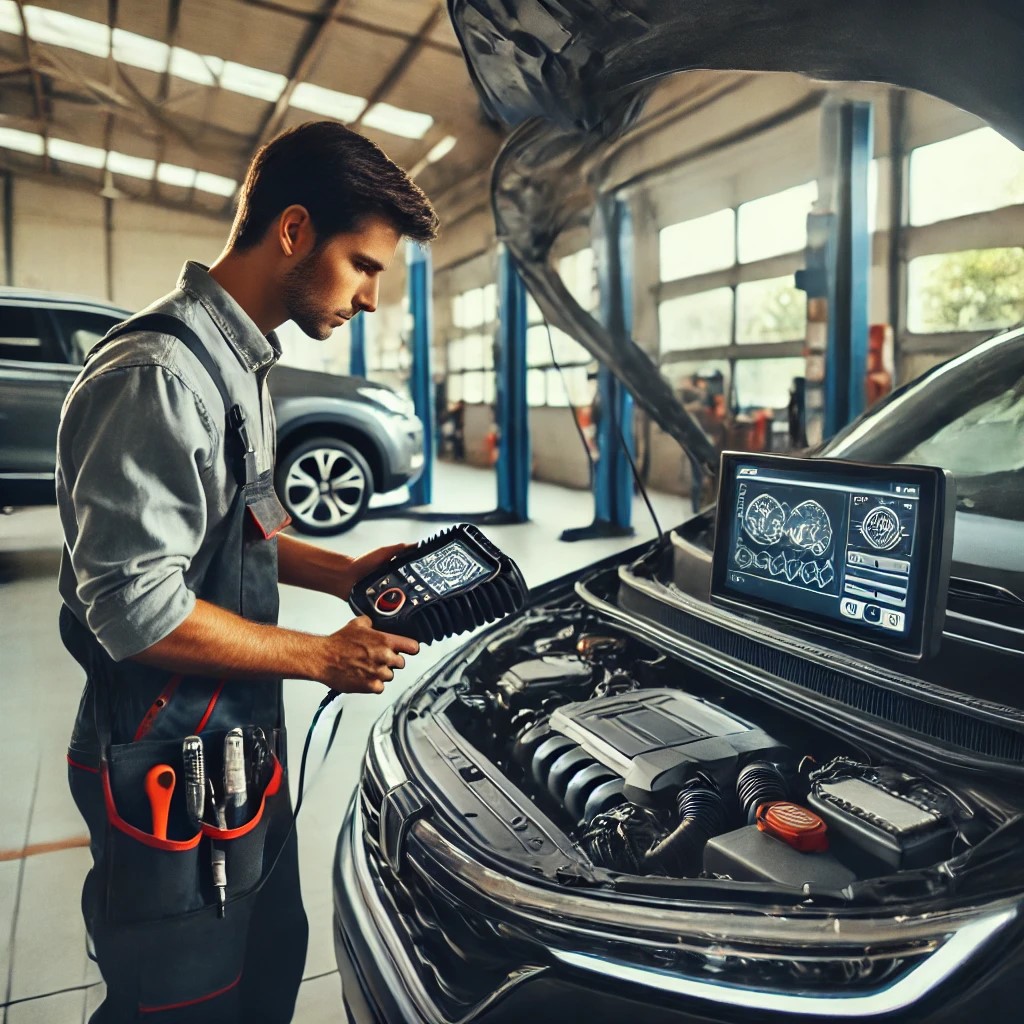A Step-by-Step Guide to the Vehicle Inspection Process
September 10, 2024Understanding the Essential Processes of a Vehicle Inspection
September 10, 2024
When preparing for a vehicle inspection, it’s essential to understand the comprehensive nature of the process, which encompasses both exterior and interior evaluations. This meticulous scrutiny involves checking for structural integrity, such as identifying corrosion or damage to the bodywork, as well as verifying the operational status of lights, mirrors, and windows. Technicians will also perform an exhaustive assessment under the hood, including fluid levels, engine health, and the cooling system, alongside an inspection of the exhaust system’s condition. These procedures are crucial for ensuring the vehicle’s safety and performance. But what exactly happens during these detailed inspections?
Exterior and Interior Checks
A vehicle’s exterior and interior checks are integral components of comprehensive inspections, ensuring both safety and functionality. The exterior examination involves scrutinizing the condition of the bodywork, paint, and structural integrity. Inspectors meticulously assess for any signs of corrosion, dents, or cracks, which could compromise the vehicle’s safety. The examination extends to the functionality of lights, mirrors, and windows, ensuring compliance with visibility standards. Tires are inspected for tread depth, wear patterns, and proper inflation, which are critical for road grip and overall vehicle stability.
On the interior front, the inspection focuses on the operational status of controls and instrumentation. This includes verifying the functionality of the dashboard indicators, seatbelts, and airbag systems, which are paramount to passenger safety. The condition of the upholstery, steering mechanisms, and pedal responsiveness are also evaluated to ensure a comfortable and secure driving experience. Additionally, the HVAC (Heating, Ventilation, and Air Conditioning) system is checked for optimal climate control, which enhances passenger comfort and prevents issues such as windshield fogging.
Incorporating these meticulous checks not only fortifies the vehicle’s operational reliability but also fosters a sense of confidence and belonging among vehicle owners, knowing their transport meets stringent safety standards.
Under the Hood and Under the Car
Beneath the vehicle’s hood, several critical systems and components demand thorough inspection to ensure optimal performance and safety. This begins with the engine, the heart of the vehicle, where the inspector evaluates the condition of the oil and coolant levels, checking for any signs of leaks or contamination.
The battery, another vital component, undergoes a voltage test to assess its charge and overall health, while the alternator and serpentine belt are checked for wear and proper tension.
The inspection extends to the brake fluid, power steering fluid, and transmission fluid, ensuring each is at the correct level and free of impurities. The air filter, essential for maintaining engine efficiency, is examined for cleanliness and replaced if necessary. Additionally, the inspector scrutinizes the radiator and hoses for any potential cracks or leaks that could lead to overheating.
Underneath the car, the focus shifts to the exhaust system, suspension, and chassis. The exhaust system is inspected for rust, holes, or loose connections.
The suspension is assessed for worn-out shocks, struts, and bushings, while the chassis undergoes a meticulous examination for structural integrity and signs of corrosion. This comprehensive approach guarantees that the vehicle remains safe and reliable on the road.
In summation, scrupulous scrutiny of a vehicle inspection encompasses comprehensive checks of both exterior and interior components, ensuring the absence of damage, corrosion, or structural issues. The examination extends beneath the hood and under the car, meticulously monitoring fluid levels, engine efficiency, and exhaust system conditions. Such systematic surveillance safeguards vehicular safety, sustains superior performance, and secures overall operational integrity, thus ensuring that the vehicle adheres to stringent standards and remains roadworthy.
Next article Prev article


